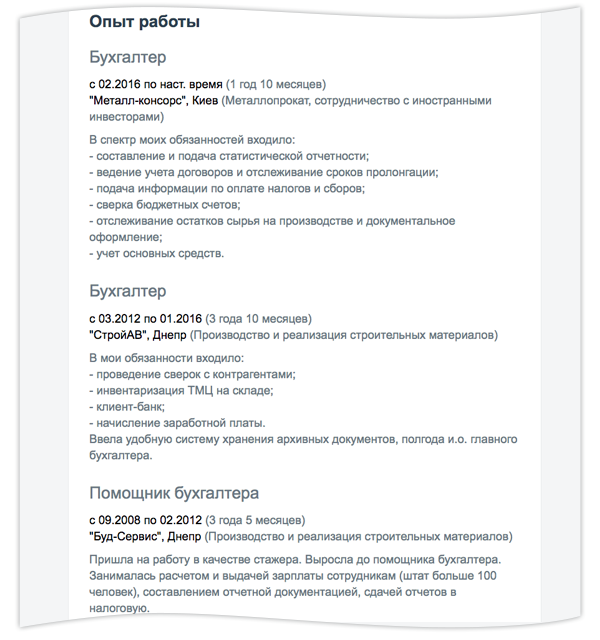Employment of Graduates
Survey for employers
Dear employers, in order to assist and improve the quality of the department's work, please answer the questions. The questions in this survey are dedicated to the skills and competencies that may be necessary for success in a career in economics, finance, and accounting. Your responses will serve the purpose of improving the programs for future students specializing in this subject. Thank you for your cooperation!
To proceed with the survey questions, please follow this link:
Survey results
- Analysis of the survey of satisfaction with the quality of the organization of the educational process
- Analysis of student satisfaction survey
- Analysis of the questionnaire of teachers through the eyes of a student UAUm-1-21, 3rd semester
- Analysis of the questionnaire of teachers through the eyes of a student FKm-1-21, 3rd semester
- Analysis of the questionnaire of teachers through the eyes of a student FKm-1-22
- Analysis of the questionnaire of teachers through the eyes of a student UAUm-1-22
- Analysis of employer surveys
- Analysis of the questionnaire of teachers through the eyes of a student FKm-1-22, 2nd semester
- Analysis of the survey of master's students for 2021-2022
- Analysis of the survey of master's students for 2021-2022.
Tips for creating a job resume
-
Specify the Position
If you're unsure how to create a resume, make sure to specify the position you're applying for. This will also be the title of your resume. It is the most important part of your professional card. The more specific, the better, for example: "Accountant", "Financial Analyst", "Procurement Manager", etc.
-
Add Contact Information
Introduce yourself and write down your phone number. It's not necessary to include your residential address, as it is unlikely that an employer will send you a letter. However, you must provide your email address. It’s also helpful to specify the city you live in or the city you are willing to relocate to (if you're open to that). Also, mention how much salary you're looking to earn.
Should you include a photo? Generally, it's not mandatory, but it’s recommended. Would you like to see a future colleague or subordinate? Your appearance can tell a lot about you. Therefore, don't hesitate to choose a good photo and confidently use it in your resume.
-
Describe Your Work Experience
Provide a detailed description of your work experience. Start with your most recent job and work backwards. If, during your career, you've worked in a field completely unrelated to the position you're applying for, you can skip that information.
It’s very important to describe in detail what your responsibilities were and what achievements you made. It’s not necessary to use complex constructions. Describe in your own words what you did, what your tasks were, what you implemented, and what you accomplished in your previous role. Don’t forget to mention your achievements!
-
Don’t Forget Your Education
Now, your education. Start with your higher or specialized secondary education. It’s important to mention this because your potential employer will be able to understand that you have the ability to complete projects. After all, you had the courage, patience, and capability to graduate from college. :) Of course, this will also help to understand you as a professional and what knowledge you may possess.
Don't forget about additional courses, training, and seminars that you’ve attended related to your field. Show that you’re continuously improving and developing.
-
List Professional Skills
A very important section is your professional skills. This part answers the question “how to make your resume more attractive?”. It’s from this section that the recruiter will understand what you’re capable of, what programs you know, and so on. But don’t get carried away. If you don’t know what to write, skip this section to avoid including banalities or repetitions. Don’t copy from competitors—write what you personally can do! :)
The status of "confident PC user" is no longer as valued by employers as it used to be. They require more specifics on this matter, and results from digital literacy tests are now relevant.
The more languages you know, the better. Don’t be modest—list all the languages you know. Your future employer might need a polyglot.
-
Add References
If you can add contact details of people who can recommend you as a professional, that's great! The more recommendations you have, the better.
-
Include Additional Information
Finally, add a few words about yourself. Leave traits like sociability, responsibility, neatness, and punctuality for your competitors. For your resume, use an original characteristic that truly reflects your inner world.
Once the Resume is Written
Before submitting your resume, check it for the following:
-
Check for grammatical and lexical errors. Ask a friend to read your resume before sending it or use online services to check spelling.
-
In the current job description, use present tense verbs: "working", "designing", "managing".
-
In the descriptions of previous jobs, use past tense verbs.
-
Ensure the entire resume has one consistent style, including abbreviations—if you use abbreviations somewhere, use them throughout the text (though it's better to avoid abbreviations and write full names).
-
The resume format should be easy to read (large margins, not too small or too large font, enough space between lines, etc.).
-
For printed versions, use good quality white paper.
-
Your resume should fit on one or two pages maximum.
-
If necessary, you should be able to confirm all the information included in the resume.
It’s a good idea to create your resume in two languages. Of course, the resume in a foreign language must meet the same requirements regarding formatting, correctness, and stylistic unity as the resume in your native language.
(Source: https://www.work.ua/ru/articles/jobseeker/1596/)
You can also use the following website to create your resume:
www.jobseeker.com/app/resumes/7f38ac85-2c5f-41ad-9862-d5370d3a1dc7/edit





